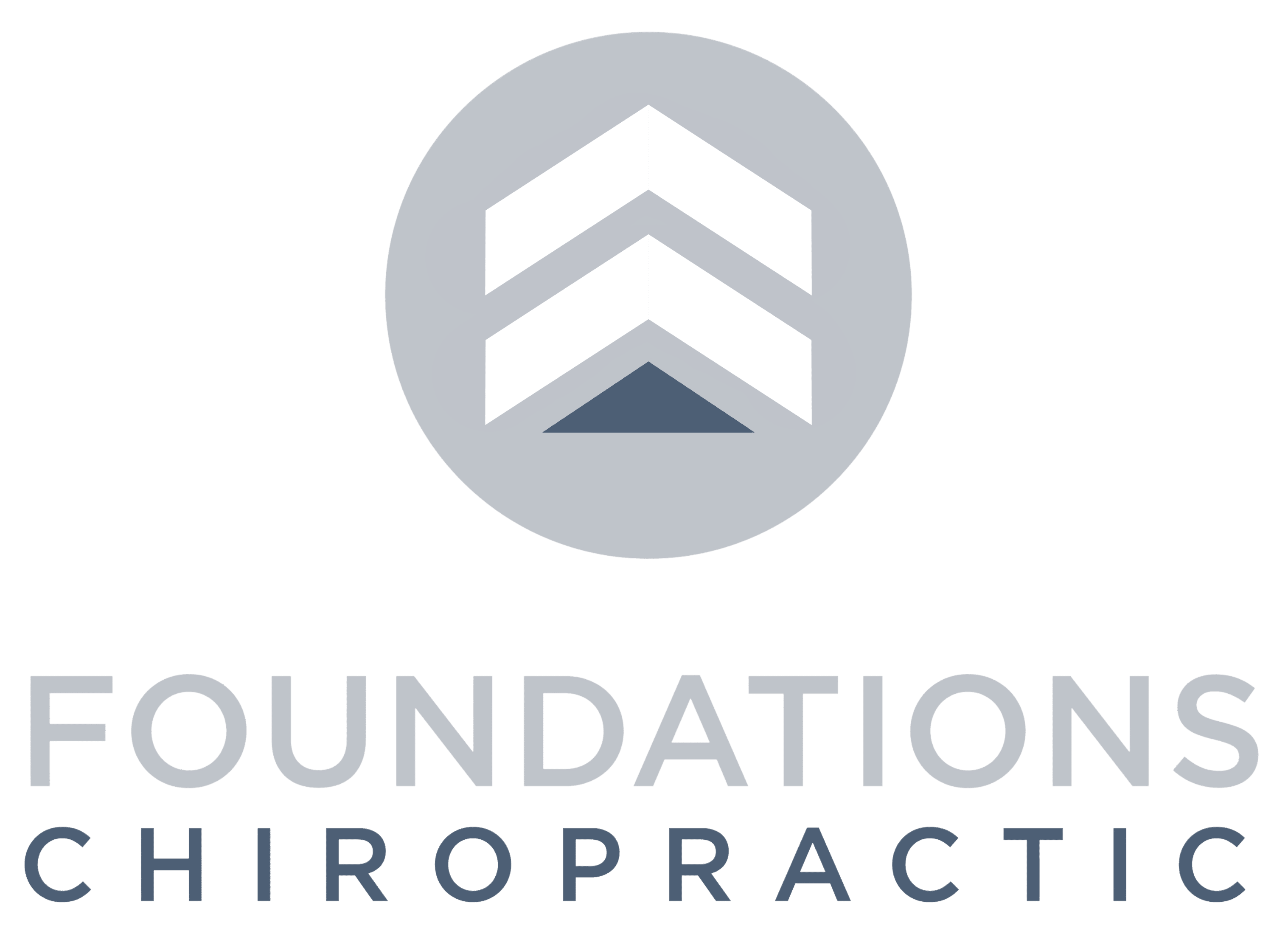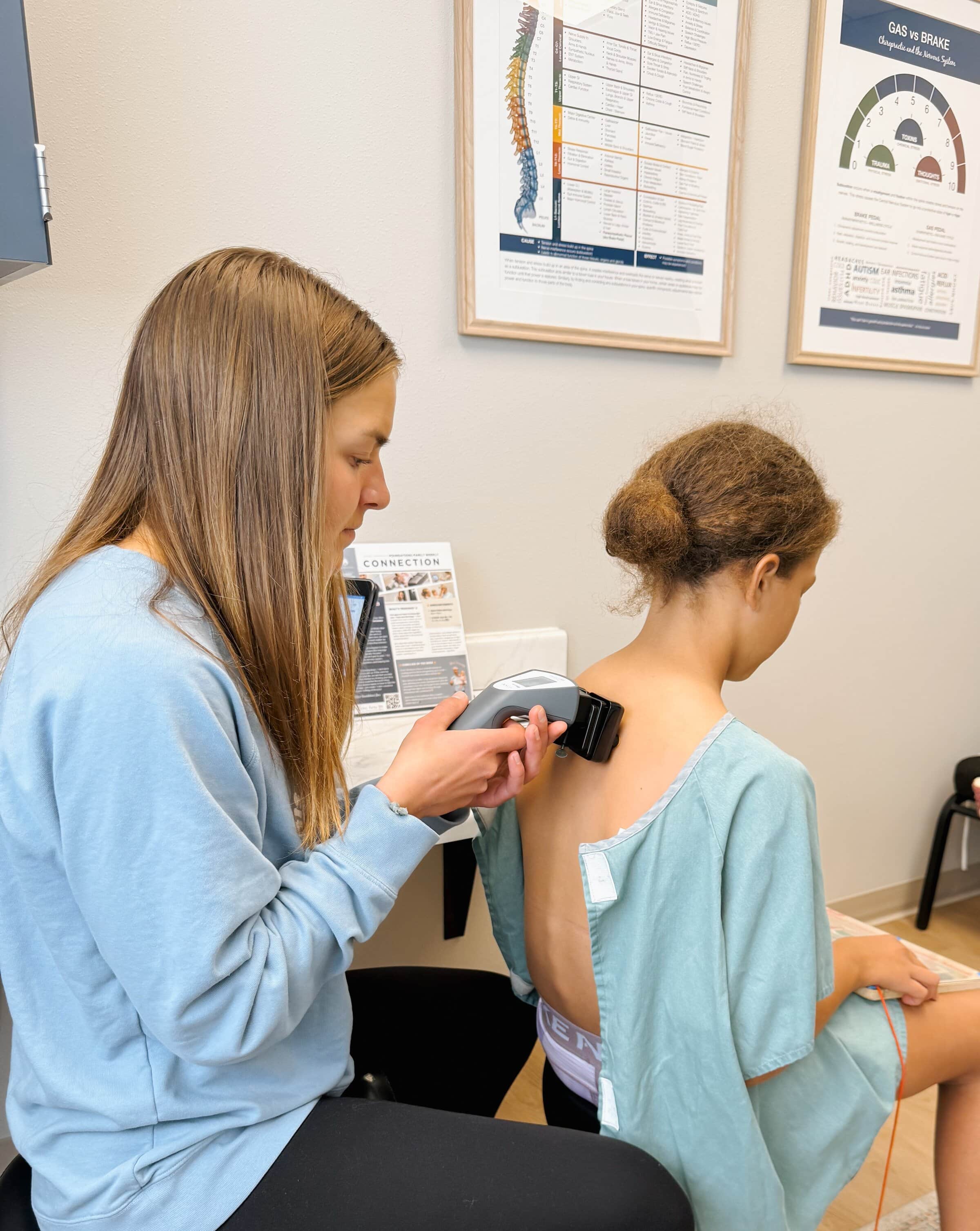When it comes to caring for your child, most conventional medical approaches rely on symptoms. They wait for things to break before taking action — running bloodwork, MRIs, or EEGs to look for big, obvious problems. But in our office, we do things differently. We don’t wait for symptoms to pile up. We use powerful, cutting-edge technology called INSiGHT Scans to proactively measure how your child’s central nervous system is functioning — and whether it’s doing the job it was designed to do.
And here’s the best part: while we’re talking about some pretty advanced neurology, the scans themselves are simple, painless, and easy to understand.
Your Child’s Central Nervous System: The “Air Traffic Control” of Health
The nervous system is the most important system in your child’s body. It’s the “command center” that runs the show — coordinating digestion, immune function, movement, behavior, emotions, sleep, and so much more. When it’s working well, your child’s body can grow, learn, and heal like it was designed to.
Dr. Bruce Lipton describes it like this:
“The function of the nervous system is to perceive the environment and coordinate the function of all other cells.”
So while you might be working hard to support your child’s gut, immune system, or motor development with therapies, supplements, or medications… if no one is checking the nervous system, you may be missing the root cause.
What Are INSiGHT Scans?
INSiGHT Scans are safe, non-invasive scans that assess how well your child’s nervous system is functioning. They help us determine whether stress is stuck in the system, if the body is running in “fight or flight” mode (sympathetic dominance), and how well the brain and body are communicating.
There are three core scans we use:
1. NeuroThermal Scan
This scan measures how well the autonomic nervous system is regulating things like digestion, immune response, and sleep. It helps us see if there’s stress or imbalance in the systems responsible for the “big 4” foundational functions — eating, sleeping, pooping, and moving.
We use this scan to understand challenges like:
- Colic or reflux
- Constipation
- Allergies or chronic illness
- Sleep disturbances
- Mood swings or anxiety
When the scan shows color bars (green, blue, red) or lots of back-and-forth tracking, it’s a sign that the nervous system is under stress and struggling to stay regulated.
2. NeuroSpinal EMG Scan
This one is especially important for our sensory, ADHD, or spectrum families. It shows us how much “motor tone” and tension is present in the neuromuscular system — which directly impacts your child’s ability to regulate movement, emotions, behavior, and focus.
We often see three common EMG patterns:
- Raging Bull – high energy, fight-or-flight dominance (think: hyperactivity, anxiety, meltdowns)
- Drunken Bull – disorganized tone, poor coordination, emotional dysregulation
- Raging Drunken Bull – a combo of both: high stress and disorganization
And the best news? Because kids’ brains are still developing so quickly, we often see major changes in this scan within just a few weeks of adjustments.
3. Heart Rate Variability (HRV) Scan
This scan is all about adaptability. It tells us how much reserve and resilience your child’s nervous system has — in other words, how well they can handle life’s daily stressors.
A healthy nervous system should be flexible — able to bounce back from challenges, whether it’s a virus, emotional upset, or a tough day at school. But when the HRV scan shows a dot that’s shifted to the left and down, it means the body is stuck in stress mode and running on empty. That’s when symptoms like anxiety, sleep struggles, low energy, or emotional reactivity often show up.
The Real Root Cause: Subluxation + Dysautonomia
INSiGHT Scans help us detect something traditional medicine often overlooks — subluxation and dysautonomia. These are fancy words for what happens when the nervous system gets stuck in stress mode and can’t regulate properly. Over time, that stuck stress leads to:
- Tension and tightness
- Imbalance between “gas pedal” and “brake pedal” systems
- Disorganized communication between brain and body
The signs might look different at different ages — colic in infancy, tantrums in toddlerhood, sensory issues in preschool, anxiety or ADHD in school-aged kids — but the root cause is the same: a dysregulated nervous system.
This Is Why Pediatric Chiropractic Is So Different
Rather than chasing symptoms, we focus on restoring balance and calm to the nervous system.
Our INSiGHT Scans give us a clear map — showing exactly where stress is stuck and how severe it is — so we can create a personalized care plan that’s just right for your child. We don’t guess; we test. And as we begin adjusting and removing subluxation, we repeat the scans to track real changes in how your child’s body is functioning and healing.
The INSiGHT Difference
Parents often tell us they’ve seen dozens of providers, but no one has ever looked at their child this way. No one has ever shown them the “why” behind the struggles. That’s the power of neurologically-focused care and INSiGHT scanning technology.
It’s not about a diagnosis. It’s about function.
It’s not about managing symptoms. It’s about healing from within.
And it’s not about waiting. It’s about taking action now.
If your child is struggling — or if you simply want to make sure they’re developing to their full potential — let’s check their nervous system. The INSiGHT Scans are the best way to find the answers you’ve been searching for.
We can’t wait to show you what’s possible.
✨ Experience the difference. Experience the healing. Experience miracles. ✨

